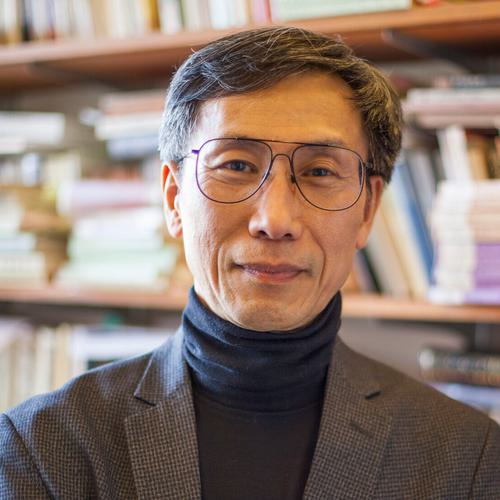
Heping Liu
Associate Professor of Art
Asian art historian and specialist in Chinese painting of the Song dynasty (960-1279).

The sound of silence
in nature
in words
in images
the virtuous finds delight
in mountains
the wise finds delight
in the waters
like a raindrop
falling
into the sea
My research focuses on the intersections of art, literature, environment, science and technology. It has been recognized with a number of awards, including a National Endowment for the Humanities Fellowship and an American Council of Learned Societies Fellowship.
Education
- B.A., Guangzhou Institute of Foreign Languages (China)
- M.A., Southern Methodist University
- M.A., Yale University
- M.Phil., Yale University
- Ph.D., Yale University
Current and upcoming courses
Art matters. Because images, buildings, and environments shape our ways of understanding our world and ourselves, learning how to look closely and analyze what you see is a fundamental life skill. Within a global frame, this course provides an introduction to art and its histories through a series of case studies from the ancient world to the present day. Through the case studies, we will explore concepts of gender and race, cultural appropriation, political propaganda, materials and media, questions of cultural ownership and repatriation, and other historical issues relevant to our current art world. Site visits and assignments will engage with the rich art and architectural resources of Wellesley's campus.
-
This course examines Chinese painting from early times to the turn of the twentieth century. It serves as an introduction to theories, masters, and principles in the practice of Chinese painting. Issues of investigation include major themes, techniques, connoisseurship, and functions of Chinese painting. Special attention is given to (1) imperial patronage, (2) the triangle relationship between painting, calligraphy, and poetry, (3) the tension between representation and expression, (4) between professional and literati, (5) between tradition and creativity, and (6) the impact of the West. Trips to the Museum of Fine Arts in Boston and other museums.